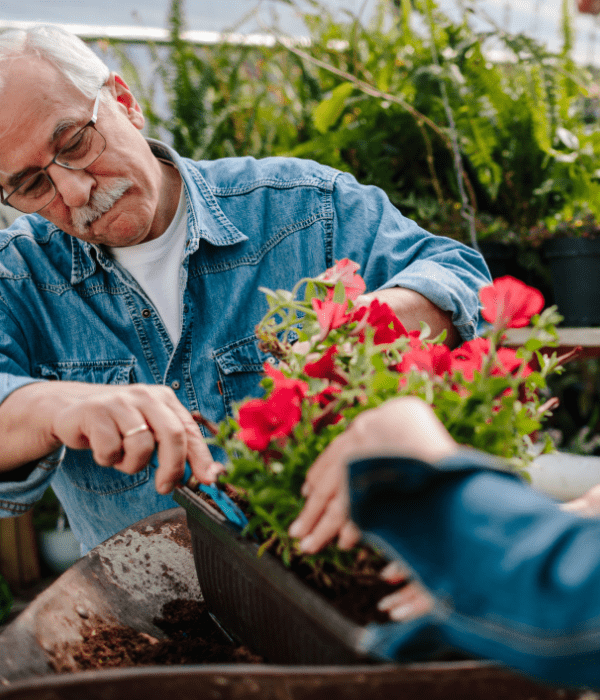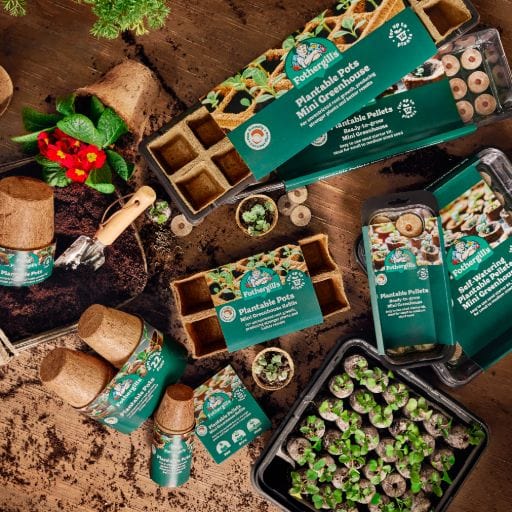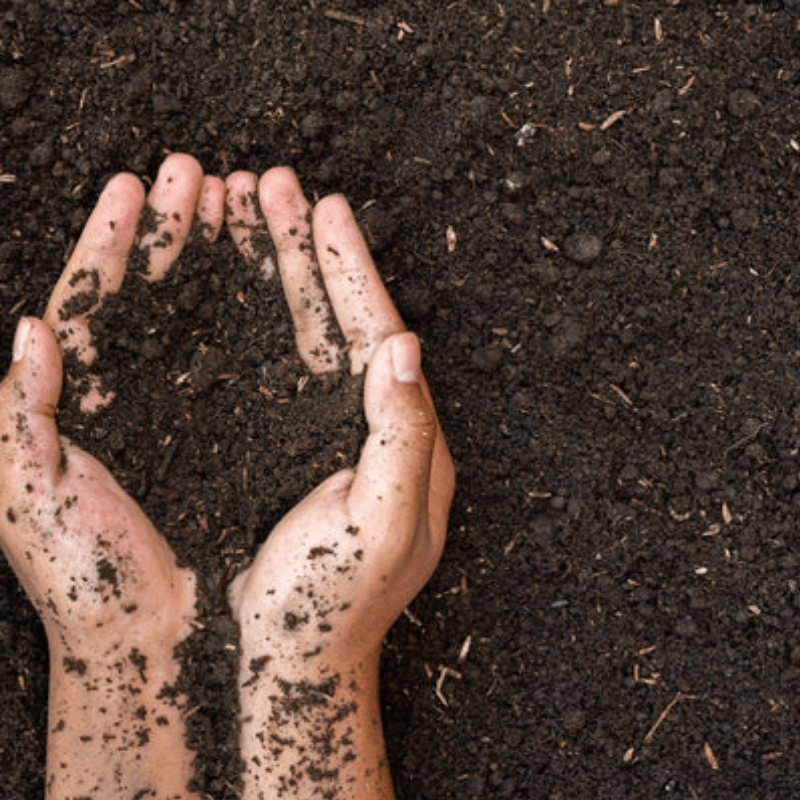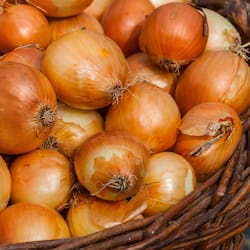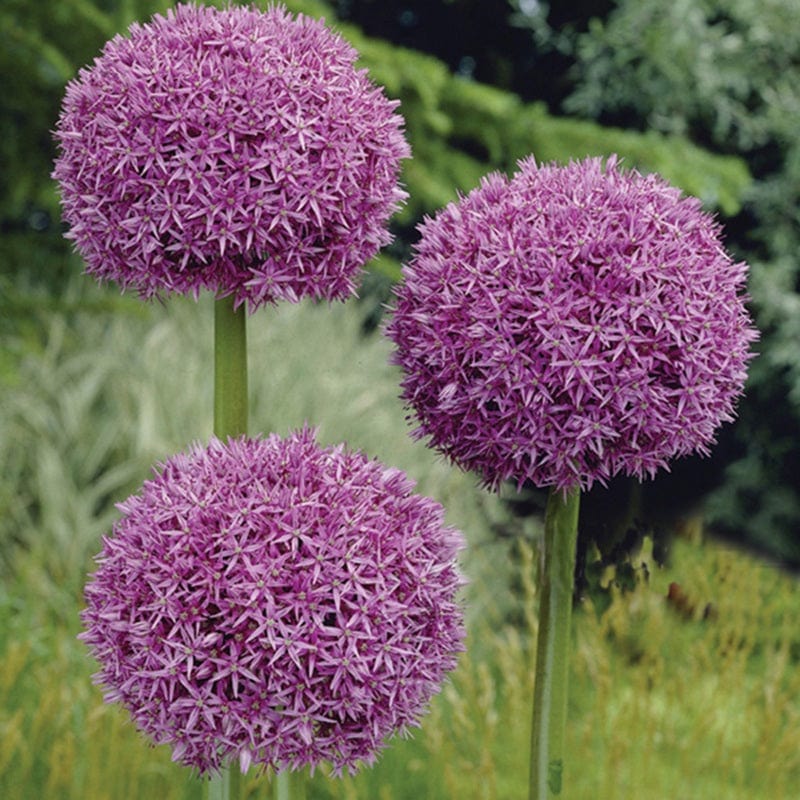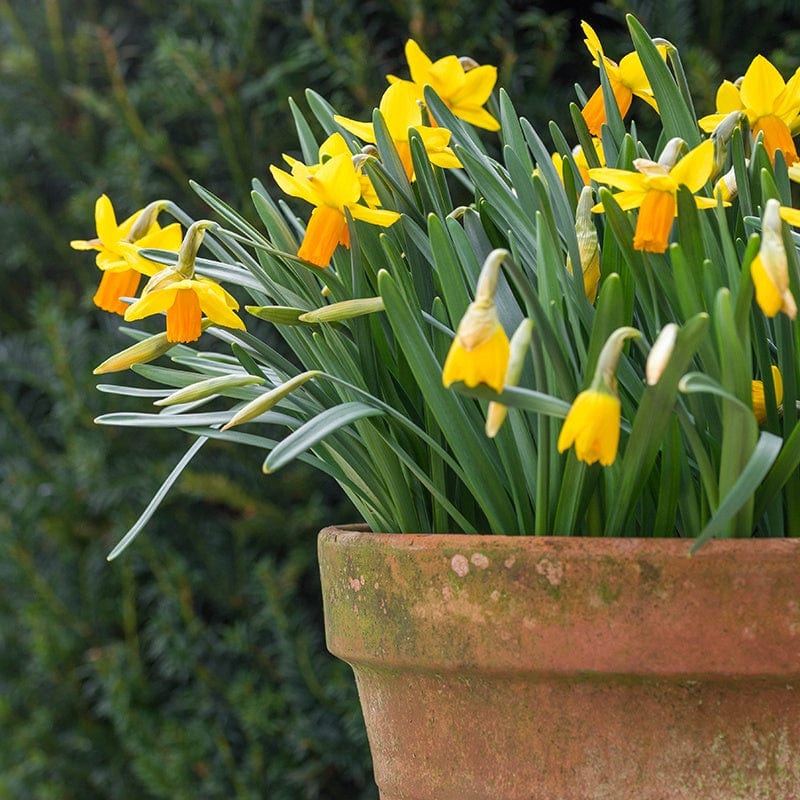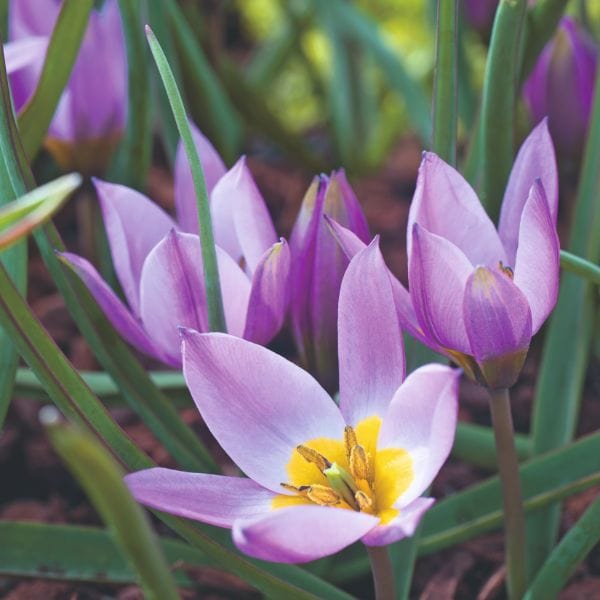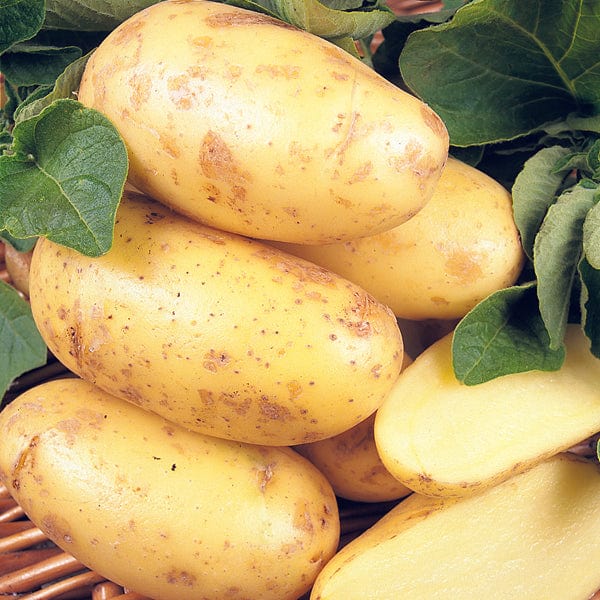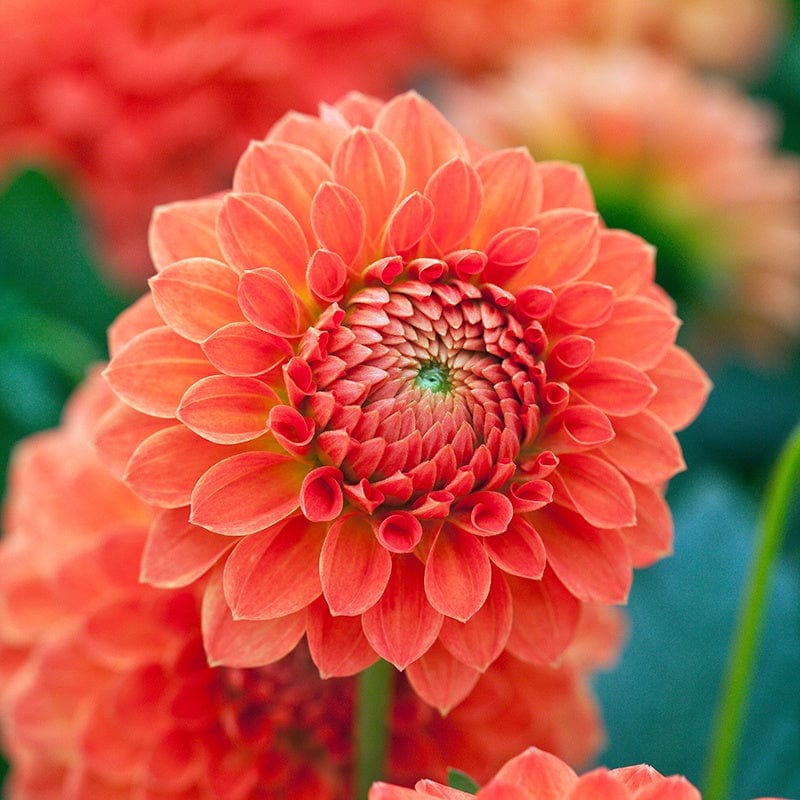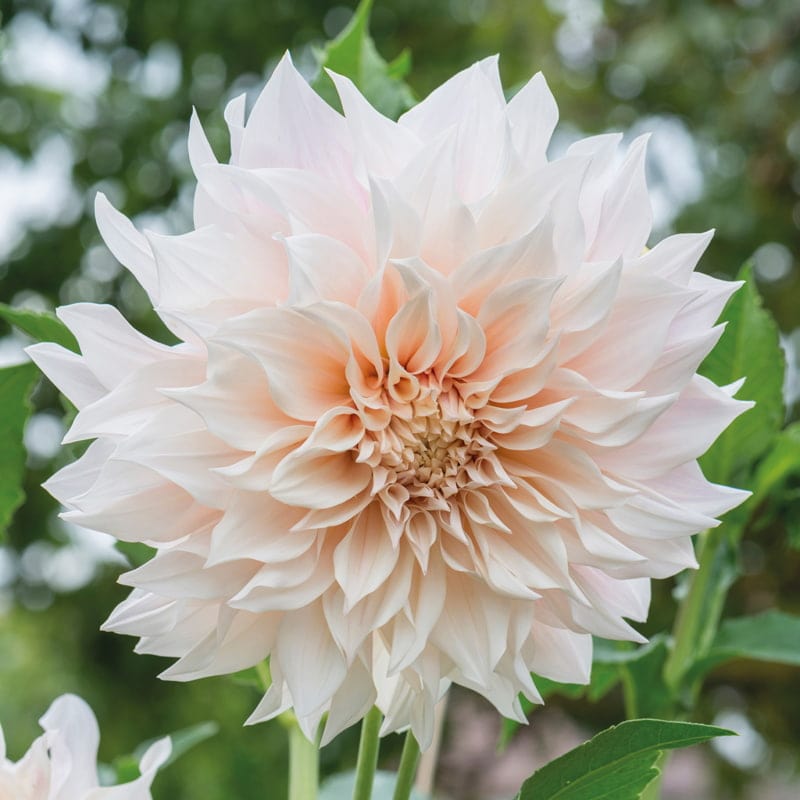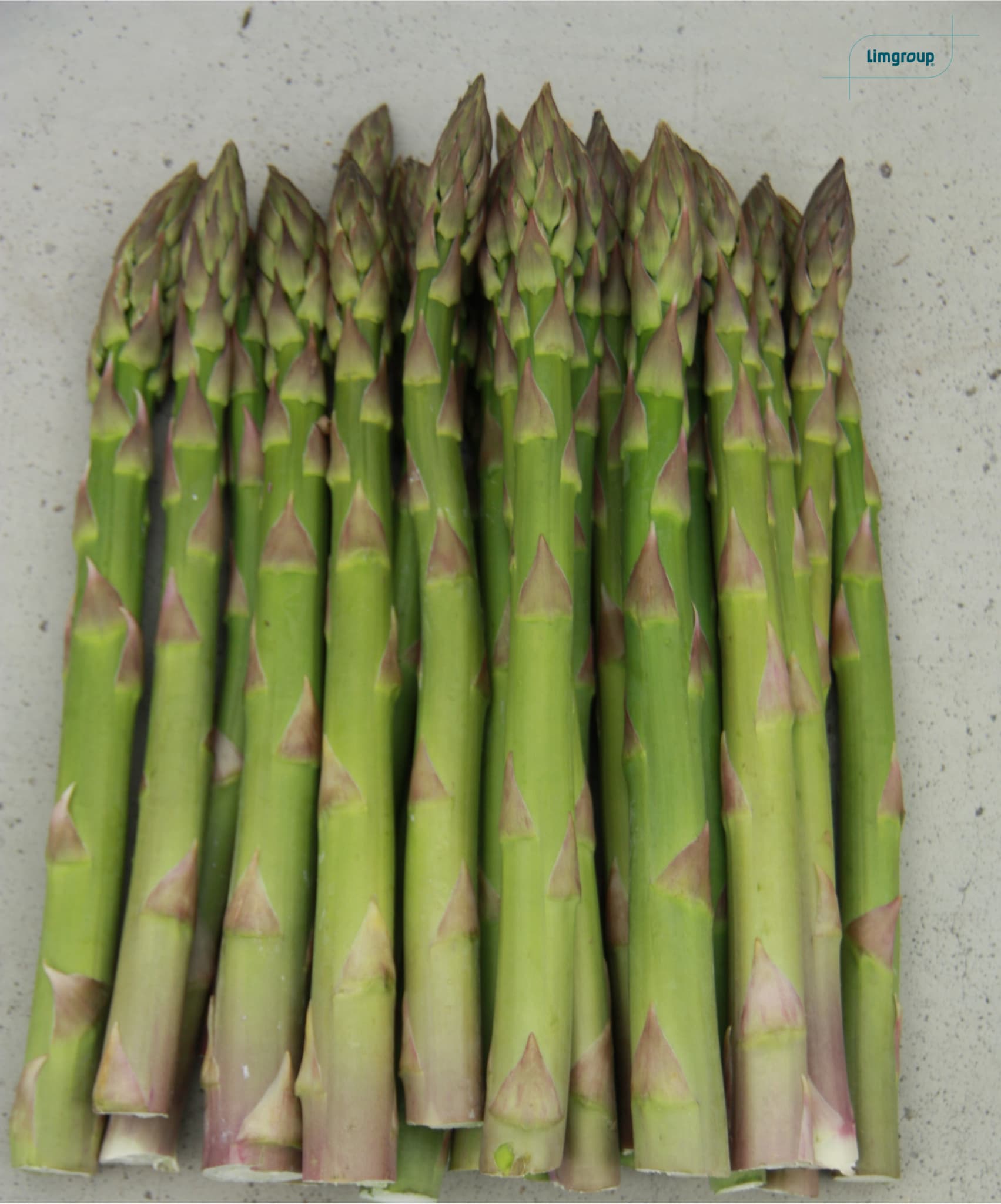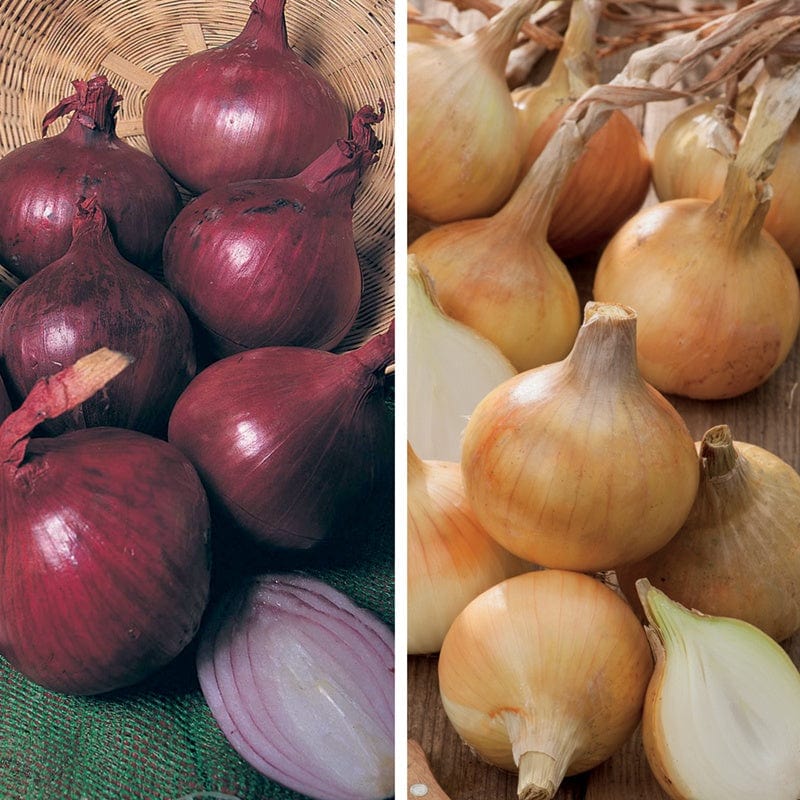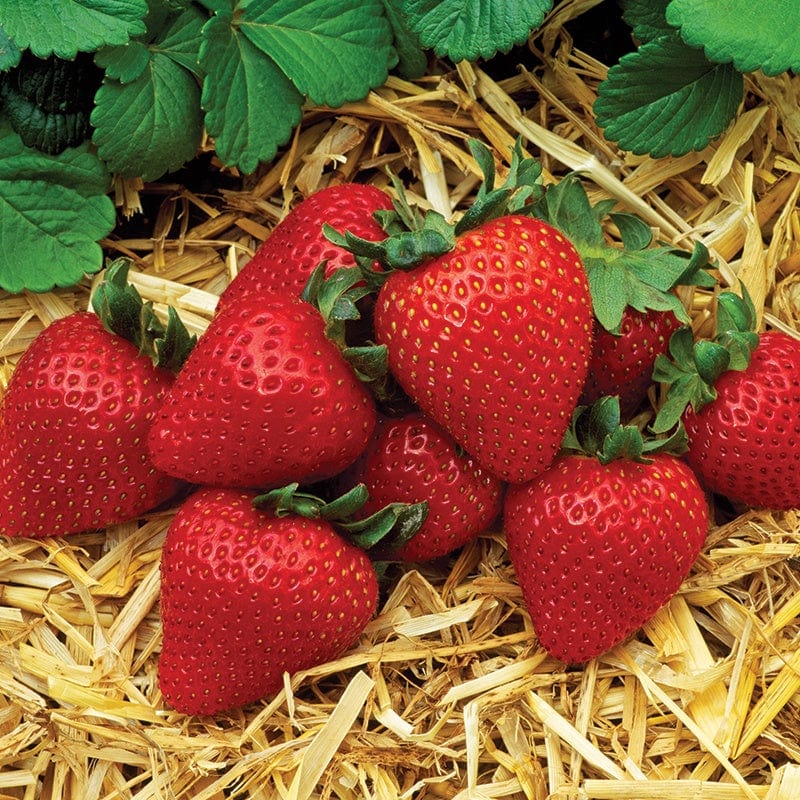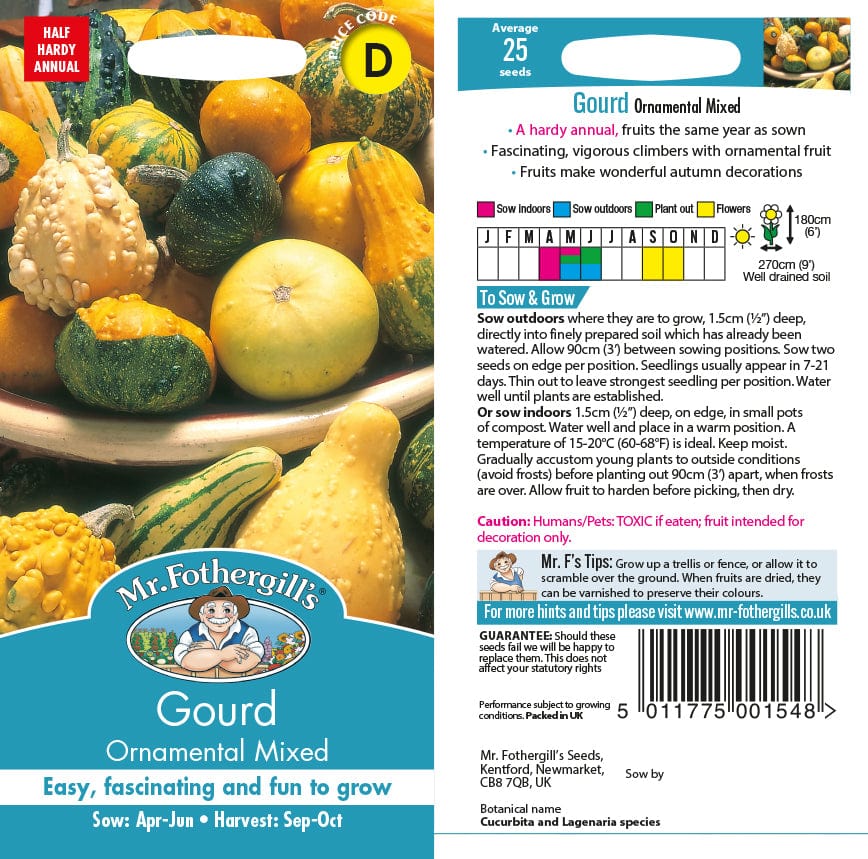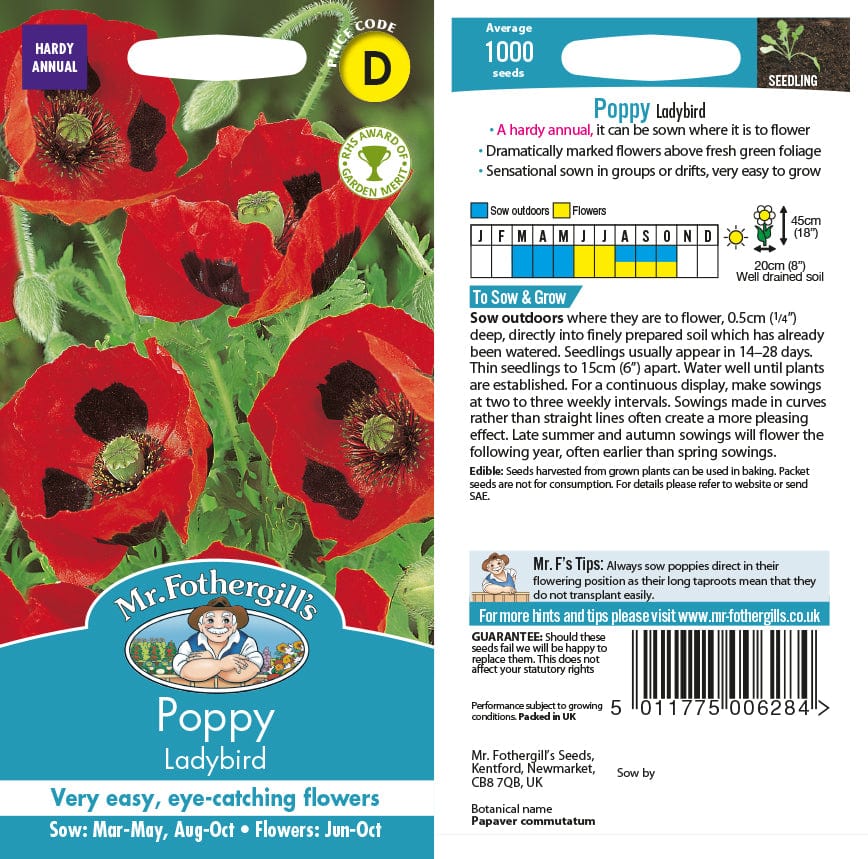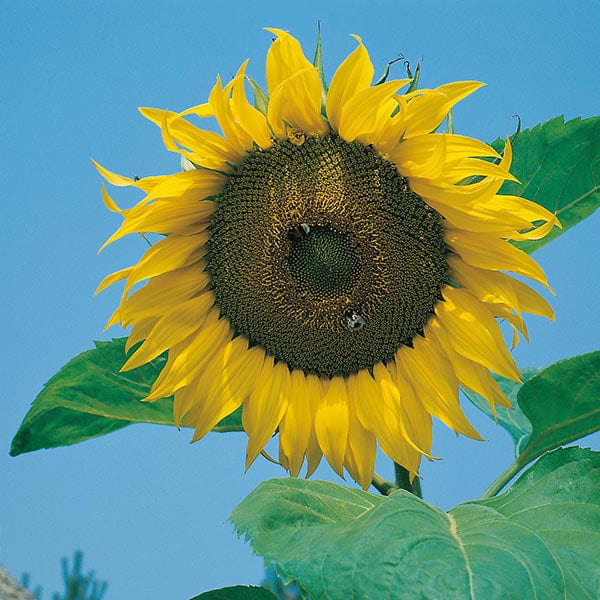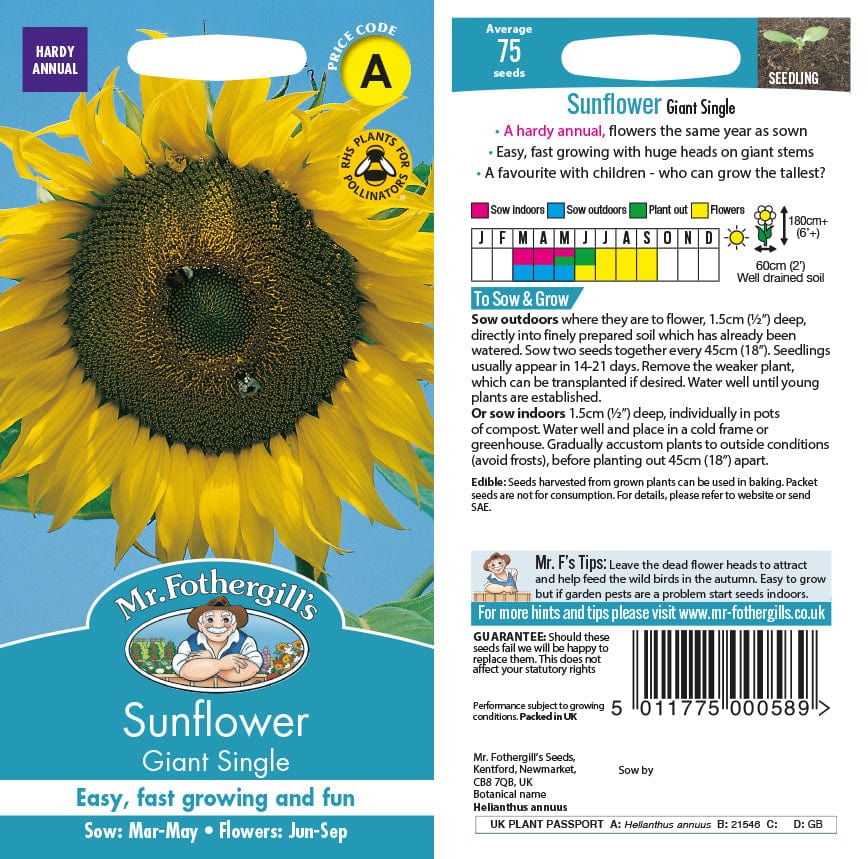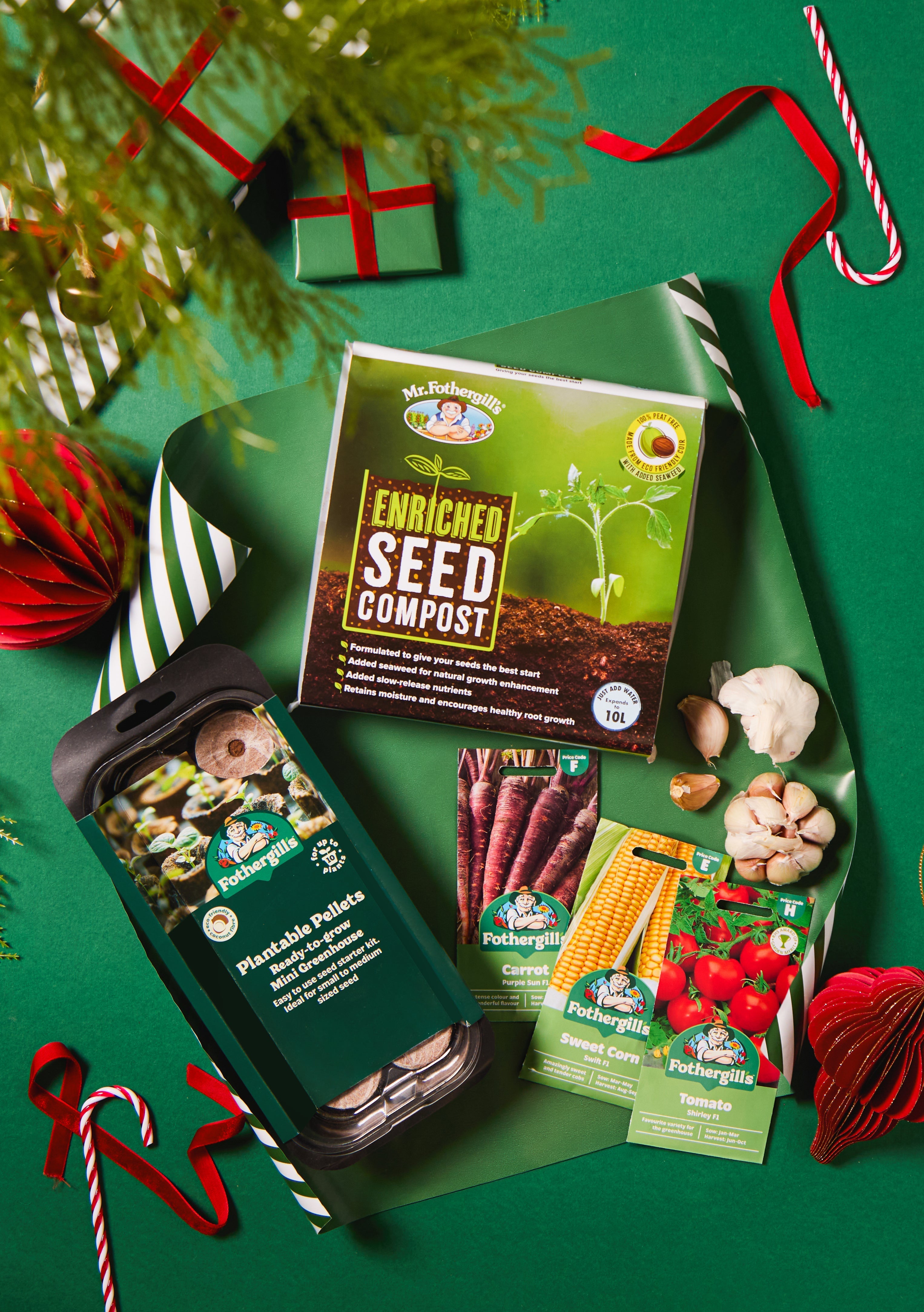Why is it good to get children growing?
Research shows that gardening can help children of all ages lead more fulfilled, happier and healthier lives. It's an inexpensive way to gain many valuable life skills and a better understanding of how nature and the world around us works. Gardening teaches patience and in the case of vegetables, a new appreciation for the food on the table. Nothing encourages a healthy appetite more than having grown and picked the ingredients themselves, along with the eye-opening flavours of super-fresh fruit and vegetables.
Great Points to Learn
Many of the things children will learn while having fun growing plants at home, also form part of their school curriculum, giving them an excellent head start in the classroom and school garden.
Discussing and developing an understanding of the following points will allow children to get the most out of their growing experience:
For younger children
• Recognising the names of the different part of plants; such as stem, petal, leaf, flower and seeds and using these terms to talk about what they can see.
• Knowing that seeds grow into plants.
• Understanding that plants need water and light to live and grow, that water is taken up by the stem and that leaves gather the light.
• Being aware there are many different types of plants all around us.

For older children
• Recognising that there are relationships between plants, humans and animals, for food or other uses.
• Understanding the simple life-cycle of a plant.
• Seeing that different levels of light water and temperature can affect plants.
• Introducing the idea of food chains and how they nearly always begin with a plant.

Taking it a step further
• Knowing that different plants grow in different parts of the world depending on the levels of light, rain and temperature.
• Learning that plants create habitats for other creatures to live in and that those creatures and plants often depend on each other.
• Identifying the various parts of a flower and their role in the life cycle of the plant, including pollination. For example; how the petals attract insects, the stamen produces pollen that the insects spread to other flowers and how the area behind the flower, known as the ovum, swells and turns into a seed pod when the flower has been pollinated.
• Exploring how plants spread their seeds (either by the wind in the case of light seeds, animals in the case of many fruiting plants or by other means such as clinging burrs and sticky goose grass) followed by the germination of seedlings in new locations.

GROWING ACTIVITIES FOR YOUNG GARDENERS
Strawberries
Everyone loves strawberries and what could be more exciting than watching sweet and juicy fruits ripening outside. Ideal for containers, they can be grown in any outdoor space. Growing strawberries in hanging baskets or window boxes, makes them easy to reach and care for, and hungry garden snails cannot reach!
Ornamental Gourds
These inedible but incredible fruits are great to collect, dry out and paint, to make all sorts of amazing creatures for an imaginary zoo which will keep for years. Plants will grow happily in large patio containers and up a small trellis or wigwam of string or canes, to save space.
Ladybird Poppies
Incredibly easy to grow poppies. With their red flowers and black spots they look like ladybirds and are a great place to go looking for fascinating garden creatures. They can be sown directly into any containers, around the patio or gaps in the garden borders.
Giant Sunflowers
Sunflowers can grow to great heights, but who can grow the tallest of them all? Look out for the birds that come to feed on the seed heads in the autumn or harvest the tasty seeds for yourself. Pretty little dwarf sunflower varieties are also available, ideal for containers on patios or balconies.
Cress Hair Cuts
Cress can be grown in fun containers such as egg shells, they choice is only limited by your imagination. Paint a face on the shell and watch their edible cress ’hair’ grow. The tasty seedling can then be harvested to make a pretty garnish or delicious egg and cress sandwiches.
Round Carrots (Paris Market)
Fast growing, unusual round carrots are fun to show off and guaranteed to make a great talking point. Home-grown carrots are a delight to harvest and make healthy snacks, salads or use in cooked dishes. An ideal variety to grow in containers, they are ready to eat at any stage and can be harvested in no time at all.
Halloween Pumpkins
Pumpkins are always impressive to watch grow and come in a fascinating range of shapes and sizes. All are great fun to hollow out and carve into scary Halloween faces. What's more, their large quantities of tasty flesh can be roasted or used to make easy, nutritious and warming soups, and even better, for sweet and delicious pumpkin pies.

Where
Whereas many seeds can easily be sown directly into the place you want them to grow, super-fast growing cress seed and sprouting seeds great fun to grow indoors at any time of year. Tasty strawberries, tomatoes and Halloween pumpkins are best sown indoors spring, into trays or small pots of seed compost, to give them a growing season that is long enough for the fruit to mature and ripen.
How
Before sowing outdoors, the soil should be dug over and raked level. The seeds need to be sown thinly, in rows, at the distance recommended on the seed packet. It is best to sow in rows so that it is easier to identify the seedlings as they emerge, although the rows can be made into any shapes and patterns you like. The seeds should be lightly covered with fine soil and watered gently so they are not disturbed. When sowing into pots or trays make certain they are clean and be sure to use fresh seed compost. To help the seeds sprout they should be kept warm (usually around 15-20°C) and covered with cling film or a propagator lid to help keep them moist. The cover should be removed when seedlings appear. To get the longest harvest or flowering season some varieties can be repeat sown at 2 or 3 week intervals. Don’t forget to use a seed label to identify the variety sown.
Care
Once seedlings sown outdoors are large enough to handle they need to be thinned out to the spacing stated on the packet. It is best to remove the weaker seedlings leaving the stronger ones the room they need to grow on. The soil needs to be kept moist (but not wet) and weed free. Except for cress, any other seedlings raised indoors should be carefully transplanted to further pots or trays when they’re large enough to handle. Always hold seedlings by a leaf so you don’t risk crushing the stem. They can then grow on until they are large enough to plant out. Before planting out they need to get used to outside conditions by being placed in a sheltered location for a few hours during the day, the time spent outside should gradually be increased over the next two weeks (avoid frosts). They can then be transplanted to their final growing position. Please see the back of the seed packet for more specific growing instructions.
Harvesting / Flowering
All these varieties will be ready to harvest or flower later the same year. The seed packets give more detailed advice on when plants will be ready to flower or harvest. Happy gardening!






